Flamingos stand on just one leg, and physics is the surprising reason why
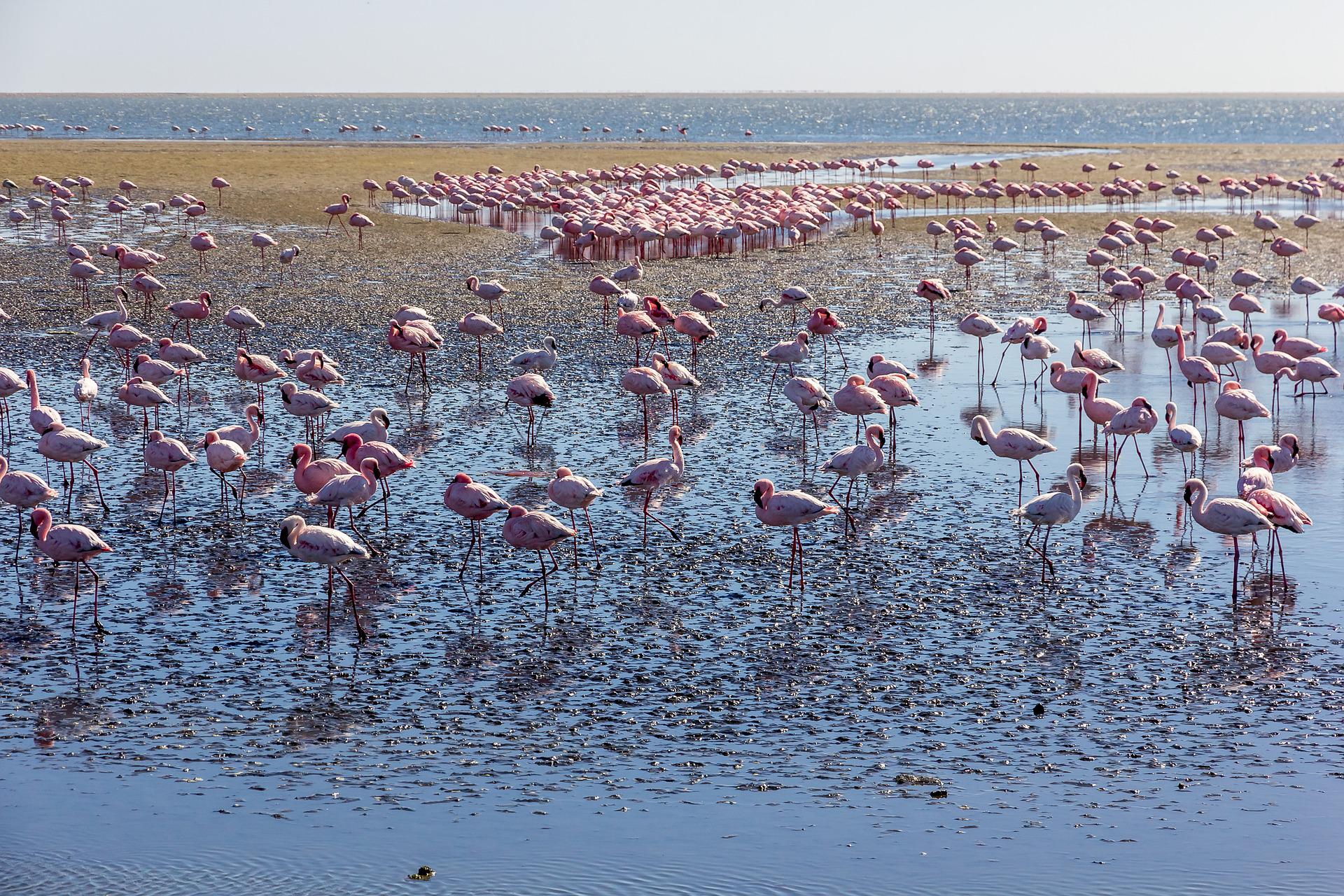
- The flamingo is a famed tropical bird with its long legs, its pinkish hue, and its iconic pose of standing on one leg and one leg alone.
- While many biologists have puzzled over this last behavior, with some other long-legged birds such as storks engaging in a similar practice, there is no “gene” for standing on one leg.
- Instead, it’s likely a behavioral adaptation that offers a tremendous advantage thanks to physics: the ability to avoid excessive heat loss. Here’s the science of how it works.
Of all the natural marvels unique to planet Earth, the diversity of the living macroscopic beings on our world — plants, fungi and animals — is perhaps the most fantastic. From sea to land to air and beyond, there is no shortage of marvels to wonder at. The sheer diversity and variability among the organisms that thrive on Earth is enormous, but we have ways of understanding the relationship between each creature in an ecological niche and the ways it has physically and behaviorally adapted to fill it.
One of the most surprising animals found in nature is the flamingo. From a physical perspective, they’re quite unusual. From their long, skinny legs to their distinctive, pink color to their long, flexible necks and oddly proportioned bills, there aren’t many other animals like them. But the flamingo is perhaps best known for an odd behavior: they can often be found standing on one leg. There’s a scientific reason for this, but it’s based in physics, not biology.
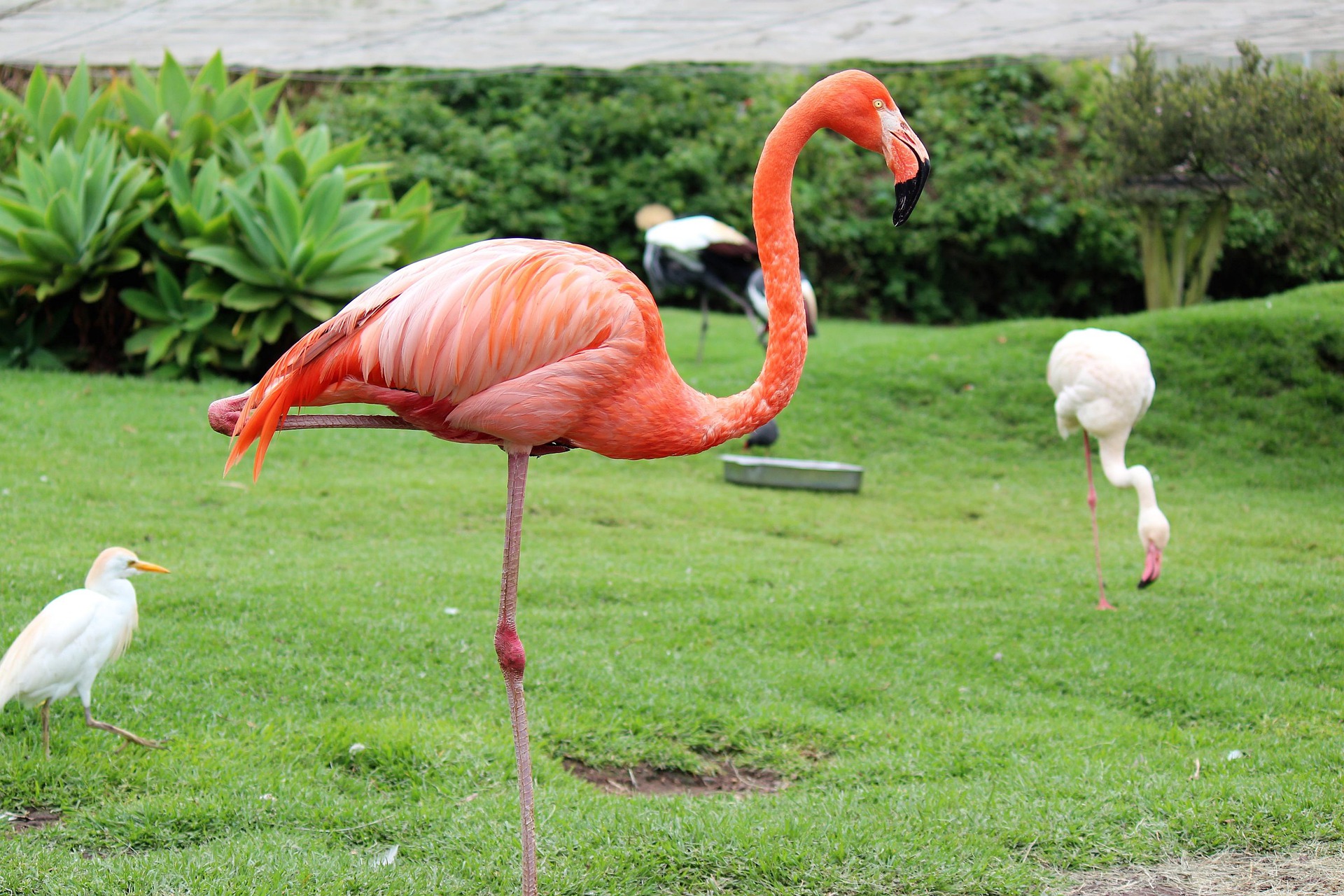
Imagine that you’re a flamingo. You travel as part of a flock for protection. Your long, skinny legs are excellent for enabling you to stand in water as deep as your legs are long while still keeping your body dry and warm. Your webbed feet enable you to stir up seafloor creatures, one foot at a time, by muddying the waters. And your long, flexible neck and bizarre bill, where the the lower portion is longer and thicker than the upper portion, is extremely well-adapted to feeding on the stirred-up algae, crustaceans, larvae, small fish, and other similarly-sized creatures.
When a flamingo is in the process of feeding, either by stirring up the waters or by plunging its head in to seek bite-sized morsels directly, you’ll find it with both feet in the water. Unlike birds which are diving feeders, like ducks, flamingos only feed with both feet stably on solid ground, even underwater.
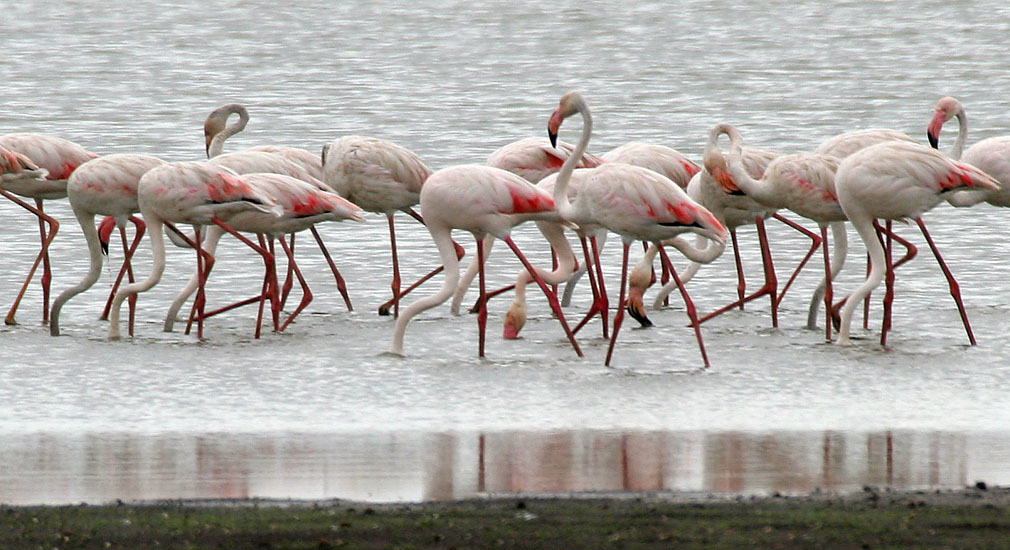
Many of the traits that we think of as being inherent to the flamingo — both biologically and behaviorally — can be explained by some relatively simple science.
- Flamingos have both long legs and long necks in tandem, as biological evolution would favor those specimens that can reliably feed in both shallow and deep water without getting their bodies wet. When food in the shallows becomes scarce, the flamingos that can feed, by muddying-the-water and then digging-with-their beaks, will be the ones that survive.
- Flamingos have their characteristic pink-to-red color not because of any inherent pigments they produce, but rather because the crustaceans and algae that they eat — mainstays of a flamingo’s diet — are rich in carotenoid pigments. A dearth of the pigment in a flamingo’s diet results in paler, whiter flamingos.
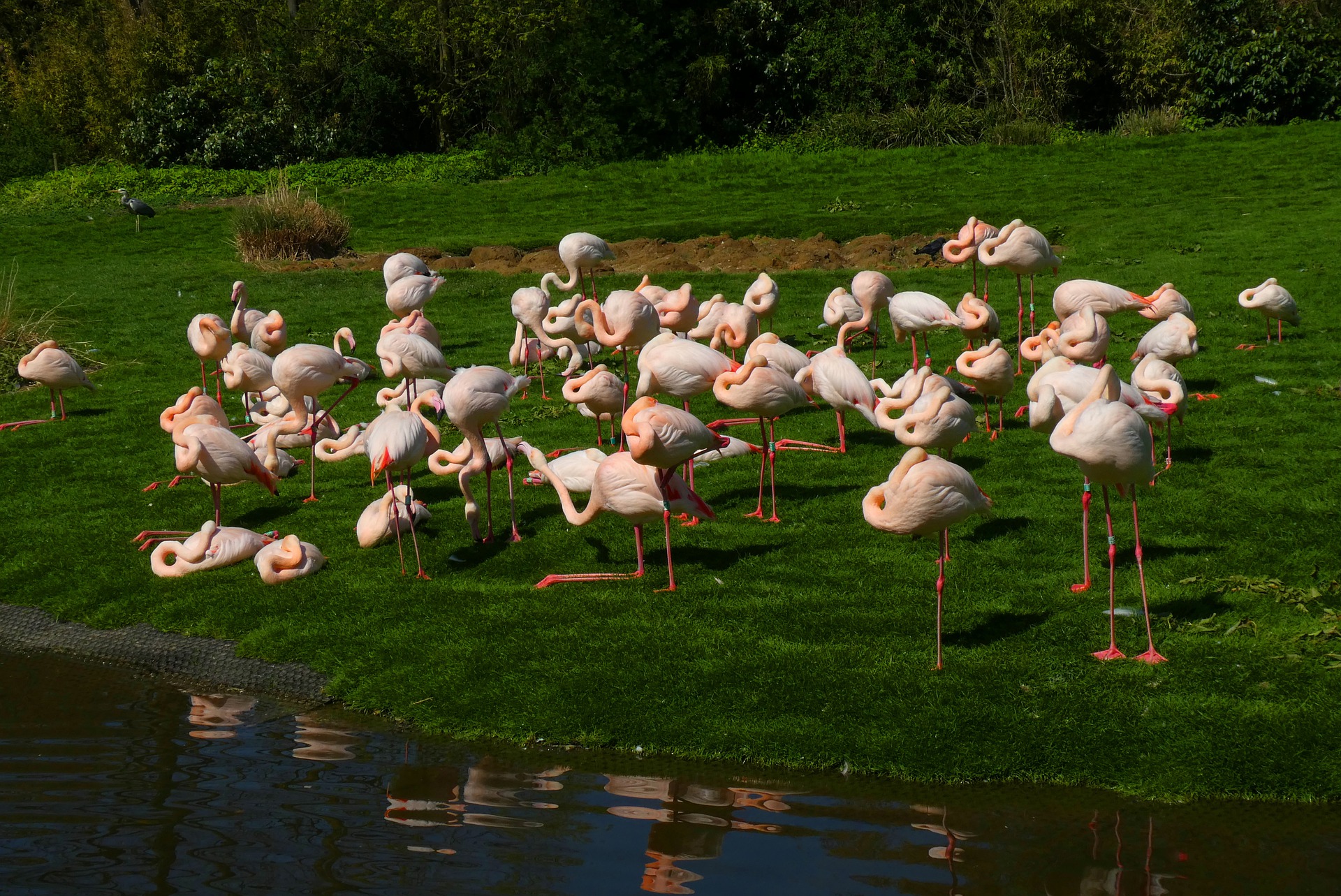
When they aren’t feeding, however, you’ll often find flamingos in the water anyway. Flamingos are extremely social, so when one of them makes a move to enter the water, others will soon follow. Flamingos are excellent swimmers, so they can reach locations where they can stand and feed simply by traversing the body of water they’re on.
They engage in intricate collective displays, where hundreds or even thousands of flamingos can coordinate head-flag, wing-salute, twist-preen, and marching movements, among others. Flamingos also spend a lot of time preening, where they distribute oil secreted from the base of their tail to their feathers; this helps waterproof the bird’s body. (Flamingos preen up to 3 times longer than most other waterfowl.) And when they bathe, which they typically only do in shallow freshwater, they submerge their entire bodies.
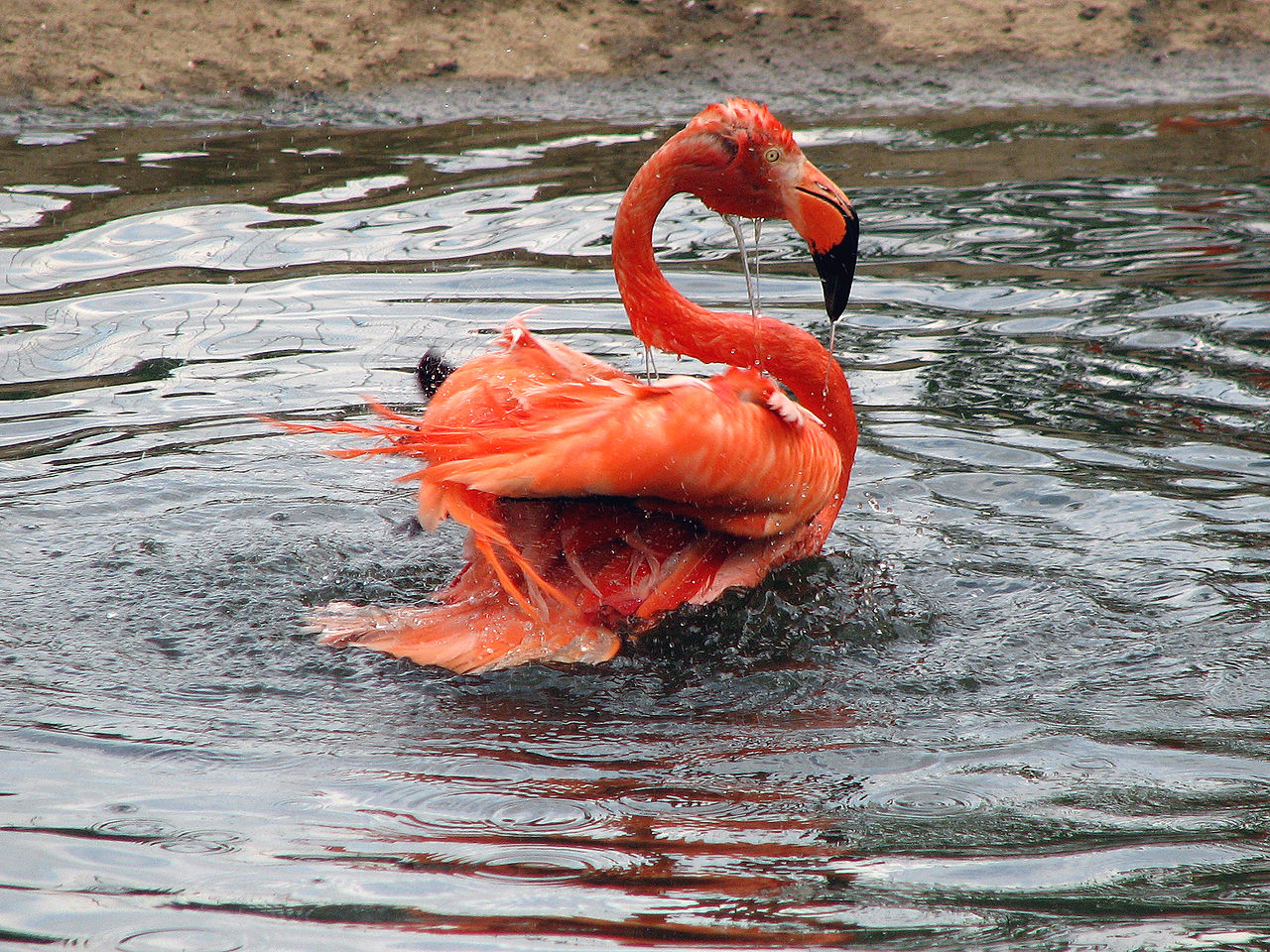
To an unfamiliar observer, it might look like a bathing flamingo is in tremendous distress. After all, for practically all the time a flamingo will spend in the water, you’ll rarely find it:
- swimming,
- walking,
- muddying the waters,
- feeding with its beak plunged under the water,
- or bathing itself.
Instead, you’re far more likely to find a flamingo, if it’s in the water (or even if it’s on land), doing what they’re best known for: standing on one leg, with the other one tucked tight against its feathered body.
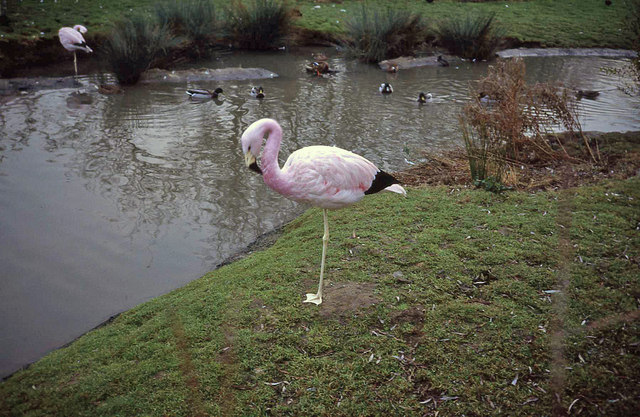
You might be puzzled by this; after all, most people are. You’re probably wondering, given all the different biological and behavioral adaptations that are particular to the flamingo, how it could possibly be evolutionarily advantageous to develop a behavior where an animal prefers standing on one leg rather than two.
But there’s an important reason for this and it isn’t genetic; it’s physics! In fact, it’s the science of thermodynamics and heat transfer, and it’s something that you’ve likely experienced for yourself, firsthand, if you’ve ever gone into the pool on a hot summer’s day. After all, like all mammals and birds, humans and flamingos are both warm-blooded, with resting body temperatures that are hotter than the surrounding environment, even under relatively extreme conditions.

If you, a human being with a resting body temperature of about 37 °C (98.6 °F), were to stand naked while exposed to the outside air, you would lose your body heat to the surrounding environment at a particular rate. A flamingo, running a bit hotter than the average human at 41 °C (106 °F), will lose heat a little more quickly, as the temperature difference between a flamingo’s body and the surrounding air is greater than that of a human’s body with respect to the same air.
However, if you were to submerge your entire body in water rather than air, even if the air and water are the exact same temperature, you’d find yourself losing body heat incredibly fast: 25 times more quickly than in air. The ultimate arbiter of how quickly a hot source in a cold environment loses its heat is due to a combination of temperature differences, the surface area in contact with the environment, and the efficiency of heat transfer between the hot source and the cold environment.
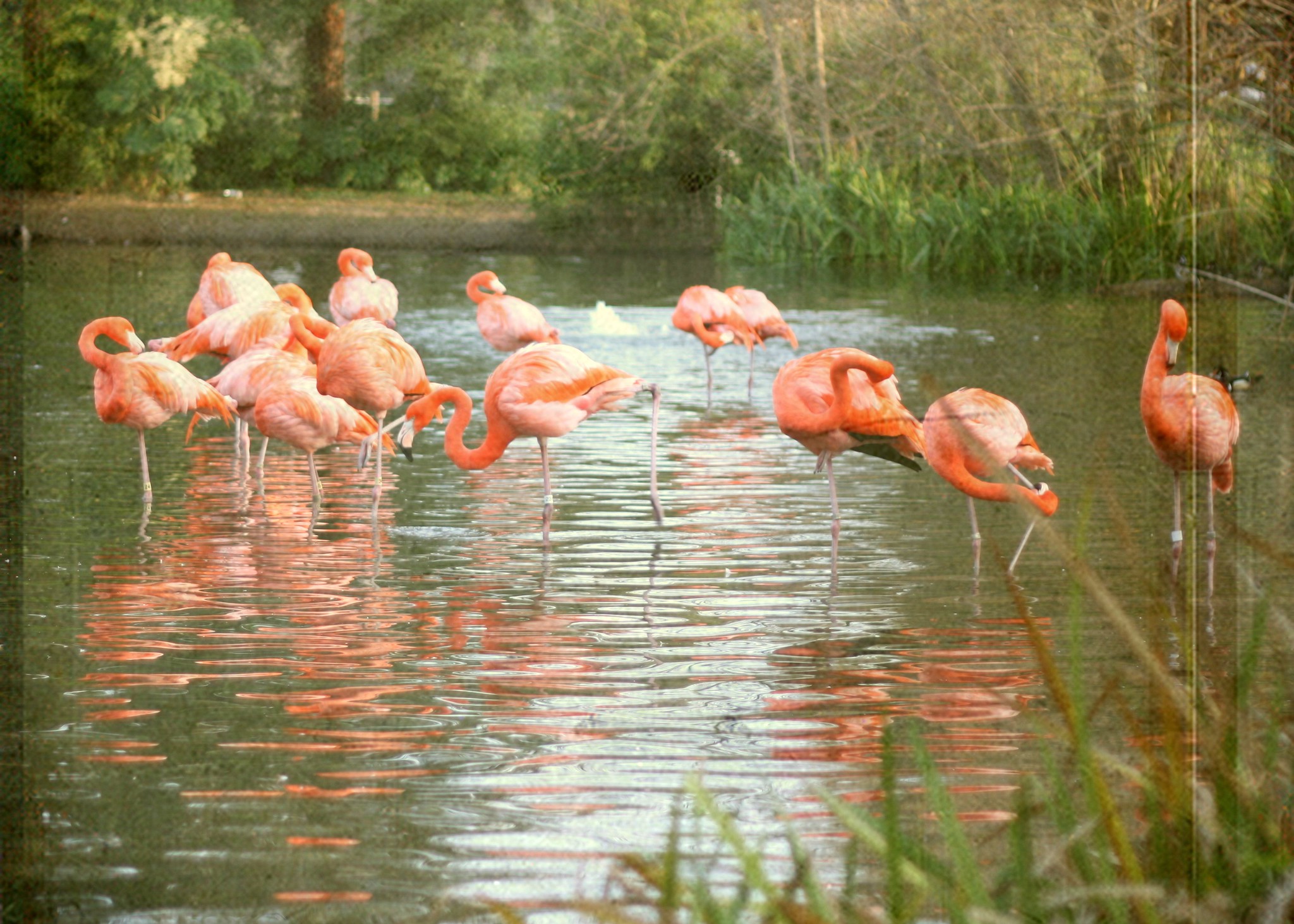
For a human being, if you put just one foot in a body of water, up to your ankle, you’ll submerge approximately 4% of your body’s total surface area. Because of the difference in the rate of heat transfer between a human body and air vs. water, you’d lose the same amount of heat through that one submerged foot as you would through the entire rest of your body, assuming the water and air are the same temperature.
What about if you’re a flamingo, then? If a flamingo stands in the water on two legs, those legs — and, in particular, those webbed feet with their enormous surface area — can easily cause a flamingo to lose its body heat many times as quickly as if it were on dry land alone.
But if a flamingo learns to stand on one leg instead of two when it’s in the water, it can conserve its body heat far more effectively.
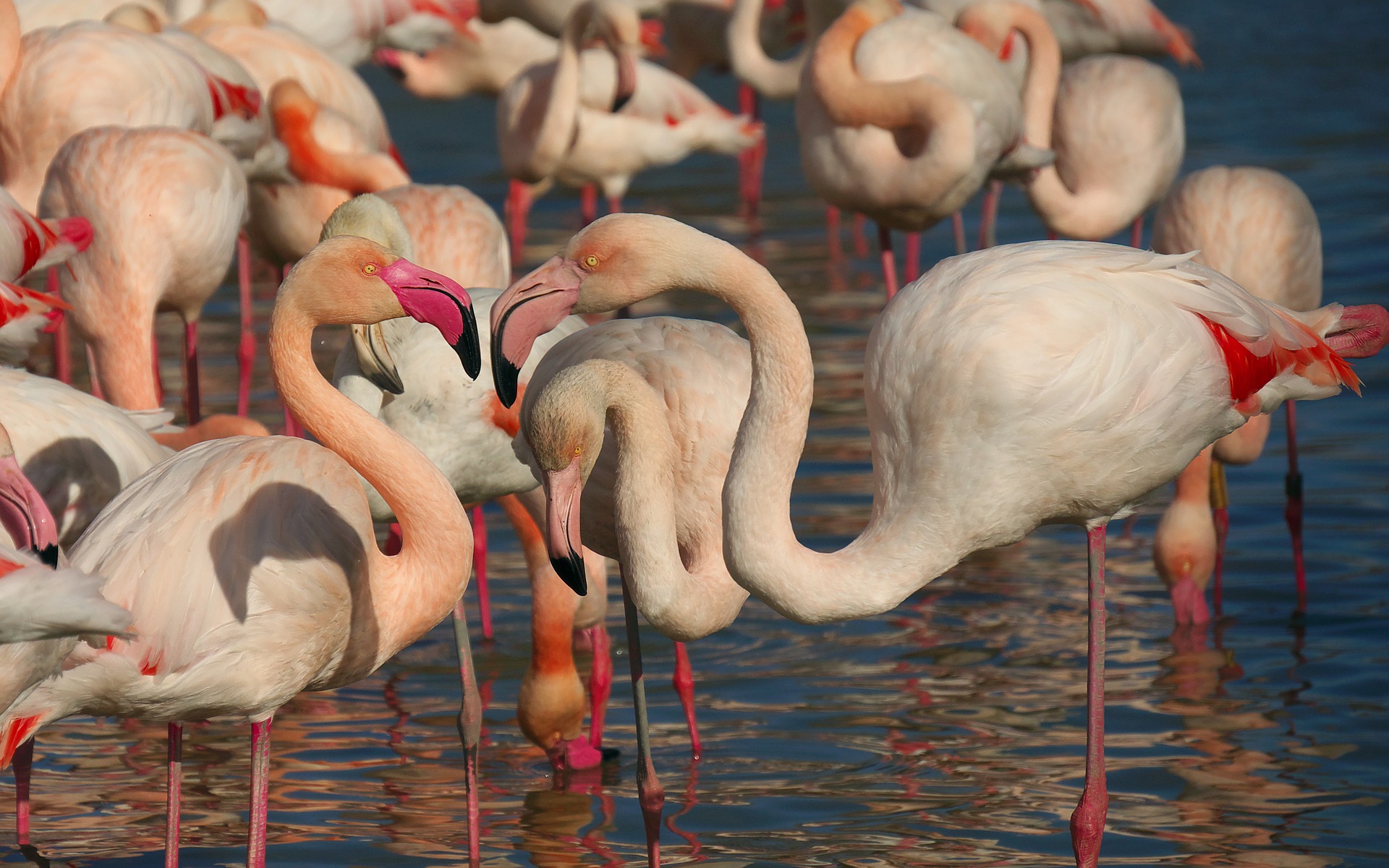
Compared to a flamingo in the water that stands on one leg, an identical flamingo with two legs in the water will lose somewhere between 140–170% the total body heat that the flamingo on one leg loses. That means the flamingo that does learn the preferred behavior — standing on one leg — is free to spend more time in the water: more time feeding, grooming itself, scouting the waters, etc.
In short, a flamingo that learns to stand on one leg will have more chances for evolutionary success and survival than one that stands on two legs. The flamingos may not be smart enough to know that it’s important to stand on one leg in the water but not so much in the air; instead, it appears to be a behavior that flamingos engage in regardless of their environment. And, as far as scientists can tell, there’s no gene for standing on one leg; rather, it’s a behavior that gets passed down from a mother flamingo to her offspring as she raises them.
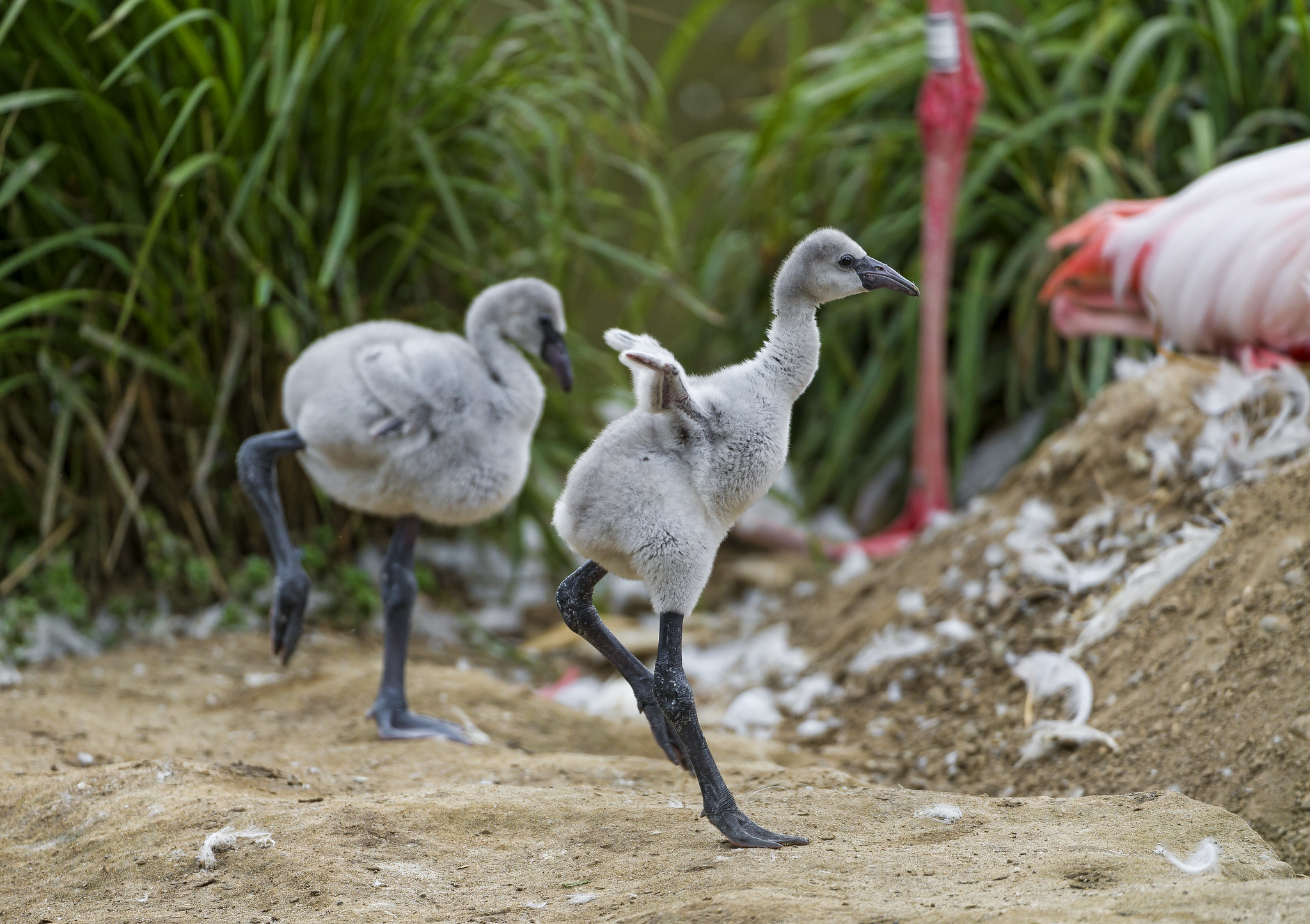
Fortunately for the flamingo, the time they spend on one leg when it isn’t particularly advantageous (on dry land) doesn’t appear to be an impediment to their success either. Behavioral adaptations are often sloppy, inelegant solutions in biology, as the ‘advantageous’ behavior of standing on one leg provides an advantage only while in the water. But perhaps it’s more advantageous than we realize for the flamingo to practice that balancing act on land as well; perhaps this is the optimal behavior after all.
It’s a spectacular facet of our reality that we can understand certain aspects of behavioral ecology by simply comprehending the physics that governs every warm-blooded animal’s biology. While evolution is largely governed by inherited traits, sometimes an acquired, behavioral trait can make all the difference in survival. When it comes to flamingos standing on one leg, genetics won’t help you solve the puzzle at all. For that? A little physics will take you all the way home.





